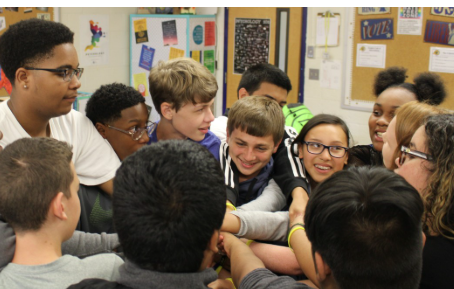In today’s learning environments, students benefit greatly from seeing leadership in action. When educators model strong leadership qualities, they not only manage classrooms more effectively but also inspire students to develop confidence, responsibility, and collaboration skills. Demonstrating leadership is more than giving directions—it involves living out the values and behaviors we want our students to adopt.
Set Clear Expectations and Follow Through
Students thrive in structured environments where expectations are clear and consistent. When educators communicate their standards for behavior, learning, and participation, they set a tone of respect and responsibility. Following through with consistency shows students that their actions have meaning and that accountability is a key part of leadership.
Demonstrate Integrity and Honesty
Leaders who act with integrity earn the trust of their students. Being honest about mistakes, giving credit to others, and standing up for fairness teach students the value of ethical behavior. Modeling honesty helps create a classroom culture where students feel safe and respected, and where they, in turn, learn to act with integrity.
Encourage Collaboration and Teamwork
Effective leaders know that great things are achieved through collective effort. Educators can model this by encouraging group work, listening to different viewpoints, and resolving conflicts respectfully. When students see adults practicing cooperation, they are more likely to engage with peers respectfully and value diverse perspectives.
Show Resilience in the Face of Challenges
Every classroom faces its share of difficulties. Whether it’s a new curriculum, technology hiccups, or student misunderstandings, how an educator responds can teach a powerful lesson. Demonstrating calm, flexibility, and problem-solving in the moment shows students that setbacks are opportunities for growth.
Listen Actively and Show Empathy
A good leader listens as much as they speak. Modeling active listening in the classroom—making eye contact, acknowledging student input, and responding thoughtfully—shows students that their voices matter. Empathy and compassion go hand-in-hand with leadership and help foster mutual respect and understanding.
Take Responsibility and Reflect
Admitting when something didn’t go well and discussing how to improve models self-awareness and accountability. Reflecting on one’s own actions out loud encourages students to do the same. Leadership isn’t about being perfect—it’s about learning and growing.
Inspire a Vision for the Future
Students are more engaged when they understand the bigger picture. Share your enthusiasm for learning, your goals for the class, and how their efforts contribute to a greater purpose. Helping students see how they can make a difference motivates them to lead in their own ways.
Final Thoughts
Modeling leadership isn’t about having all the answers—it’s about being the example students need. Through honesty, empathy, responsibility, and vision, educators shape not only academic outcomes but also the character and confidence of tomorrow’s leaders. When students see leadership in action every day, they are more likely to carry those values into their communities and futures.


